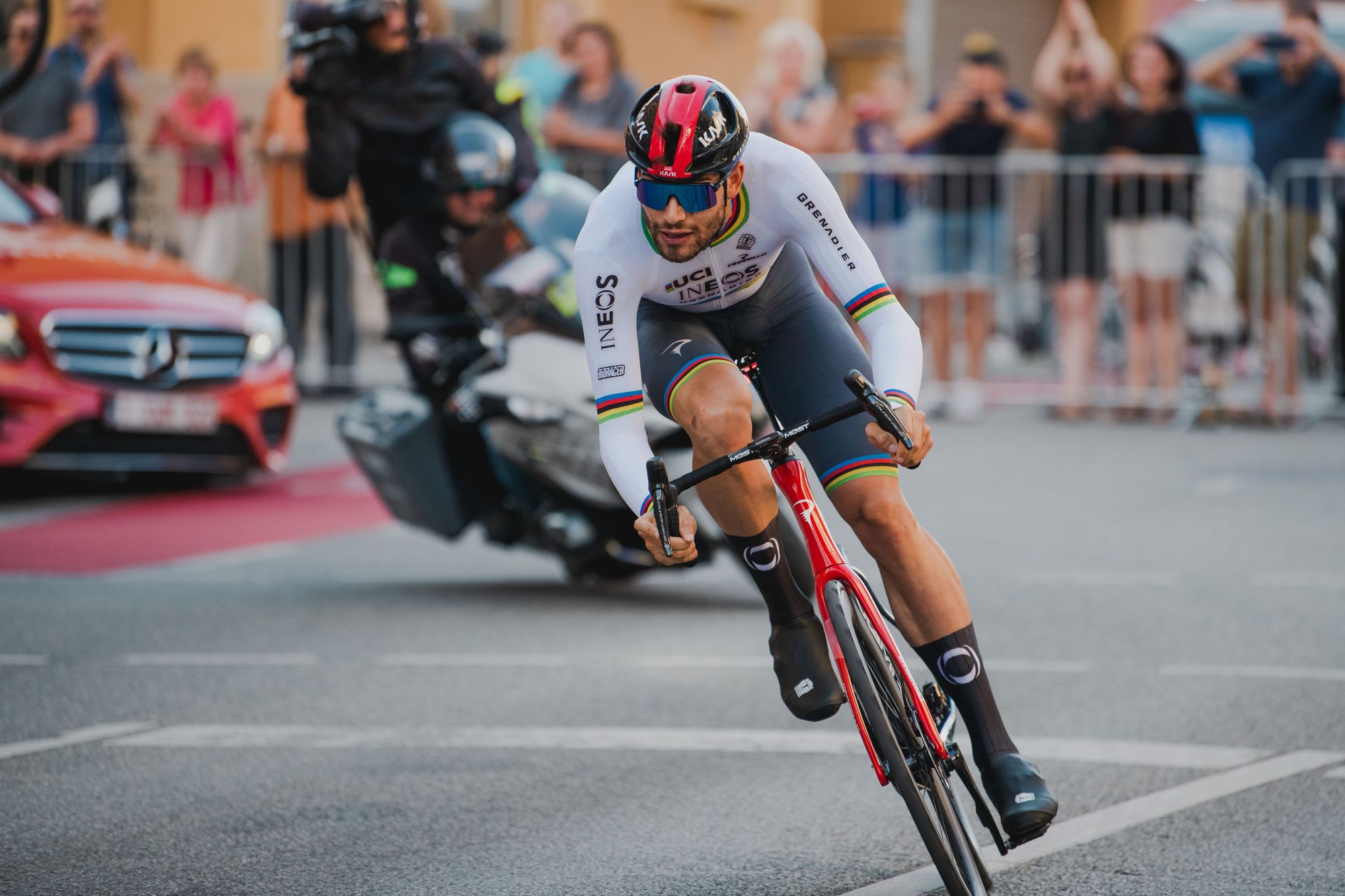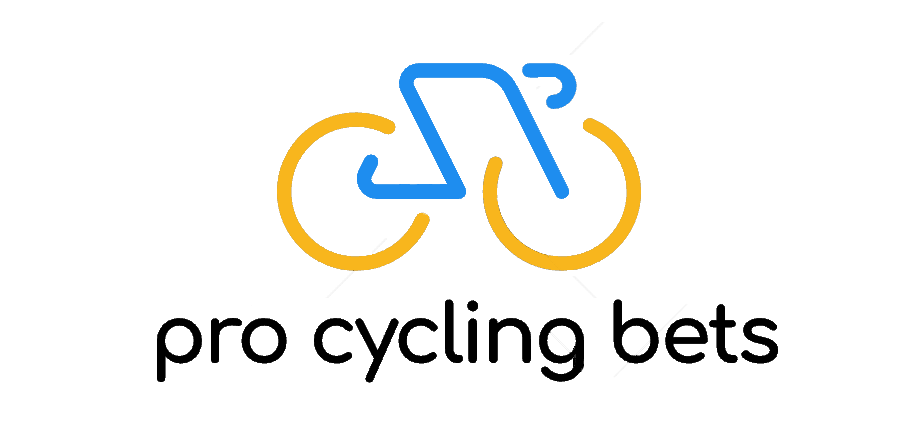What is "peaking" in cycling?

“Peaking” has been mentioned numerous times in this, uhm, textbook. But we’ve never fully explained it, and instead relied upon context and the intuition of the reader. But we’d like to give it some more love because of just how important it is.
Peaking, is the attempt to maximize a rider’s (or any athlete for that matter) performance for a specific period of time. That time period might be a one day race, or the third week of a grand tour. That’s while you’ll often see riders perform poorly in the first few days of a grand tour, only to excel in the latter half. The team and the rider have planned in that way such that they don’t burn out too early, but also because the latter half of grand tours is usually the most difficult and where the most defining moments of the race are.
So how does a rider attempt to “peak” for certain races? Usually by “tapering”. Tapering is a term used in almost all endurance sports where the athlete will begin to reduce the intensity, volume, or both, of their training. This allows time for the muscles to recover and fully adapt to all the stress they’ve been under during training the past couple weeks or months. Generally the longer the race, the longer the taper. Marathoner runners will typically taper for two weeks, and for riders riding grand tours it is a similar amount of time.
The “science” behind how to best taper is still debated, but generally, riders will do the bulk of their “volume” (long hours of zone two - see Power section) in the winter, or a few months before their event. The riders will then begin to lower their volume but increase the intensity (above zone five) of their training closer to the event. Very close to the event, athletes will also decrease intensity.
